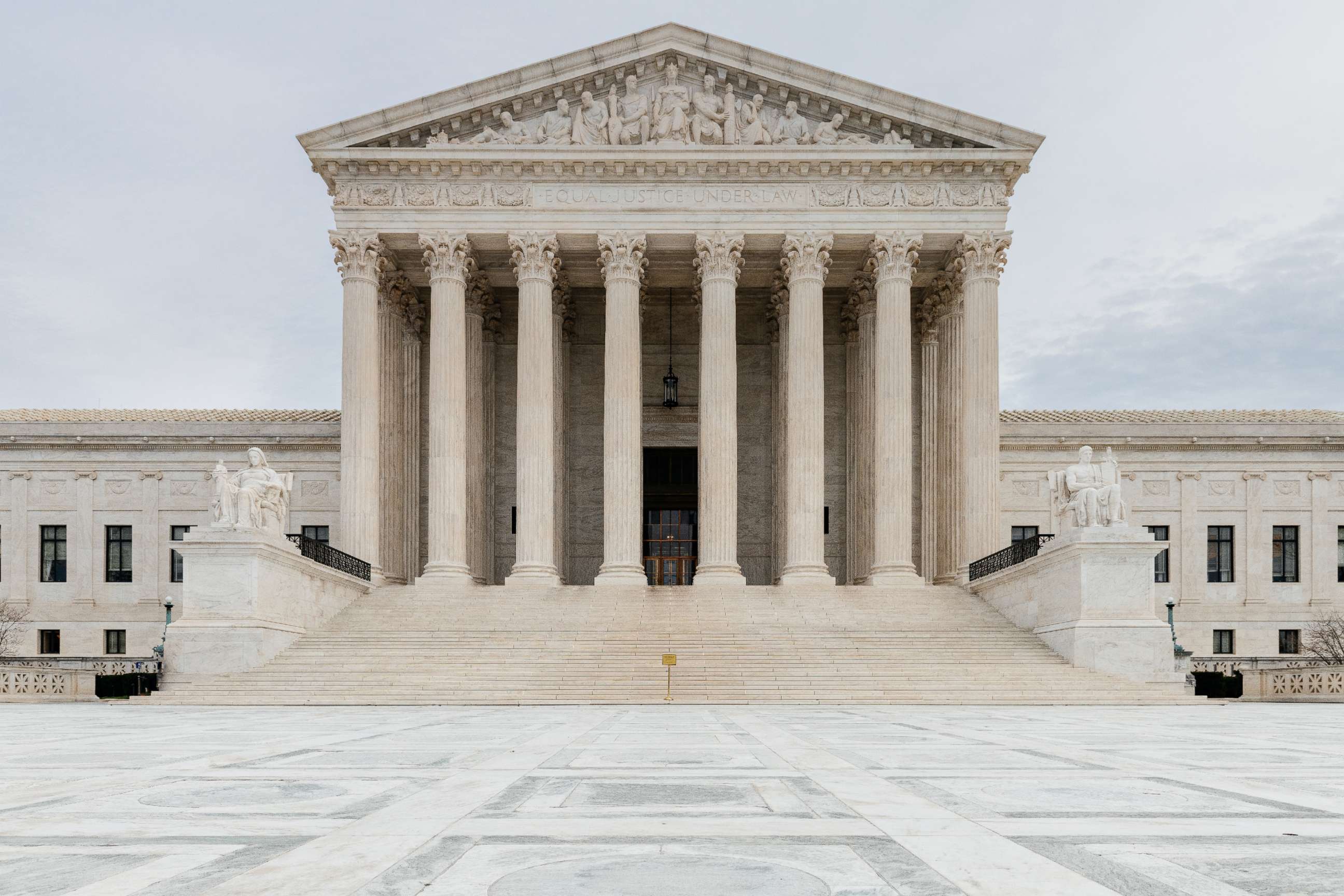The Supreme Court limits environmental impact studies, accelerating infrastructure projects

On Thursday, the Supreme Court placed new limits in the scope of compulsory environmental impact statements by the Federal Government for large transport and energy projects, clearing the way for a proposed railway line that links Utah and Colorado and for more expeditious approvals of similar construction programs throughout the country.
The decision in Seven infrastructure county coalition v. Eagle County It was 8-0. (Judge Neil Gorsuch retired from the case, but did not explain his decision).
The dispute, the first of its kind in 20 years to reach the Court, focused on the purpose of the National Environmental Policy Law of 1969, which requires that federal agencies study the significant environmental effects of a project and identify alternatives to mitigate any damage.
The law, known as NEPA, has been the basis of the main litigation by the groups opposed to private projects, which often demand to block the construction by claiming that the impact study was incomplete or inaccurate.
Industry groups have complained for a long time, even decades, of expensive delays to complete projects.

In this archive photo of October 7, 2022, the associated judge of the Supreme Court, Brett Kavanaugh, poses for an official portrait in the east conference room of the Supreme Court building in Washington, DC
Alex Wong/Getty images, file
Recognizing those concerns, Judge Brett Kavanaugh writing This use of NEPA to hinder energy and infrastructure programs has been controlled and should be reduced.
“A 1970 legislative acorn has grown over the years in a judicial oak that has hindered the development of infrastructure under the appearance of a little more process,” Kavanaugh wrote. “A kind of course correction is appropriate to return judicial review under Nepa in line with legal text and common sense.”
Kavanaugh said that the law simply imposed a “modest procedure requirement”, related only to the project in question, not a mandatory study of possible upstream or downstream impacts far from real construction.
The proposed railway of 88 miles in the heart of the case, which joins the Utah oil basin with the National Railway Network in Colorado, has suffered years of environmental study. Its impact statement exceeds 3,600 analysis pages.
However, the environmental groups challenged the study, saying that it did not consider the secondary impacts of exporting millions of galones of oil to refineries along the Gulf, such as the risk of oil spills in the Colorado River, pollution in the Gulf and the contributions of greenhouse gases to climate change. The United States Court of Appeals for the Circuit of the Columbia district agreed.

In this file without date, the recreation area and the Flaming Gorge reservoir is shown in the Utah Basin mountain range.
Stock Image/Getty Images
The groups told the Supreme Court to approve the railroad could also mean a higher risk of oil spills, train spark -induced forest fires and higher greenhouse gas emissions throughout the country.
The attorney general of Colorado, Phil Weiser, who opposes the railway project, lamented the decision of the Superior Court in a statement, saying that the court had approved a “risky scheme to transport crude crude oil throughout the Colorado River, together with our most critical aquatic resources and propose important risks for the communities of Western slope of Colorado”.
The County County County Infrastructure Coalition, which supports the railroad, said these downstream risks are too far and beyond the scope of the law and that the project has been the victim of the bureaucratic bureaucracy.
“The effects of a separate project can be predictable, but that does not mean that these effects are relevant to the agency’s decision -making process or that it is reasonable to hold the agency for those effects,” Kavanaugh wrote. “In those circumstances, the causal chain is too attenuated.”
The opinion said the judges should show “deference” to agency officials who prepare the Environmental Impact Declaration.
Judges Sonia Sotomayor, Elena Kagan and Ketanji Brown Jackson coincided with the trial but He wrote separately To explain your reasoning.

The proponents of the railway line, who have presented it as an economic blessing for the country, say that it will help extract hundreds of thousands of gallons of zero crude oil and reduce energy prices for consumers.
“The Supreme Court has issued an important corrective for the current judicial approach for the National Environmental Policy Law,” said Professor of the Law Faculty of the University of Minnesot energy transport “. “





